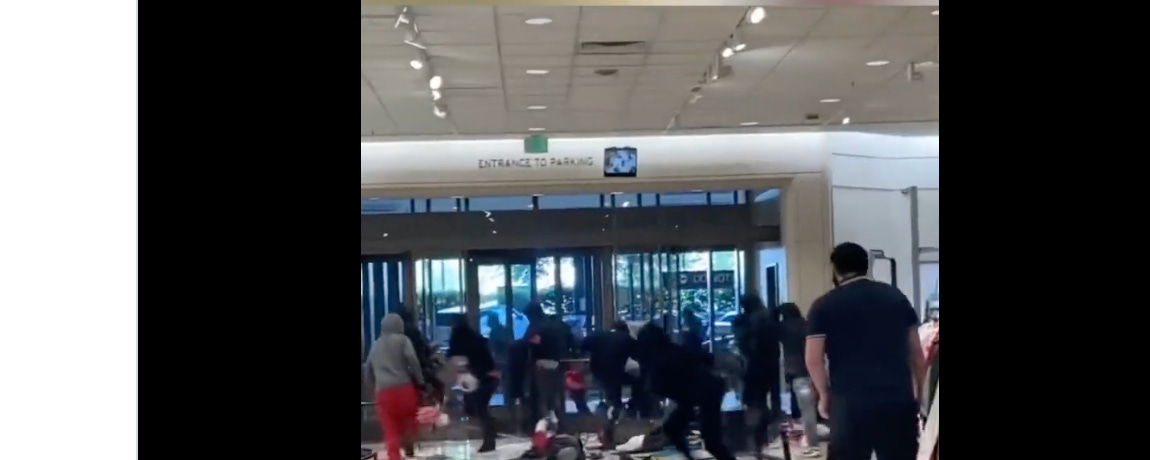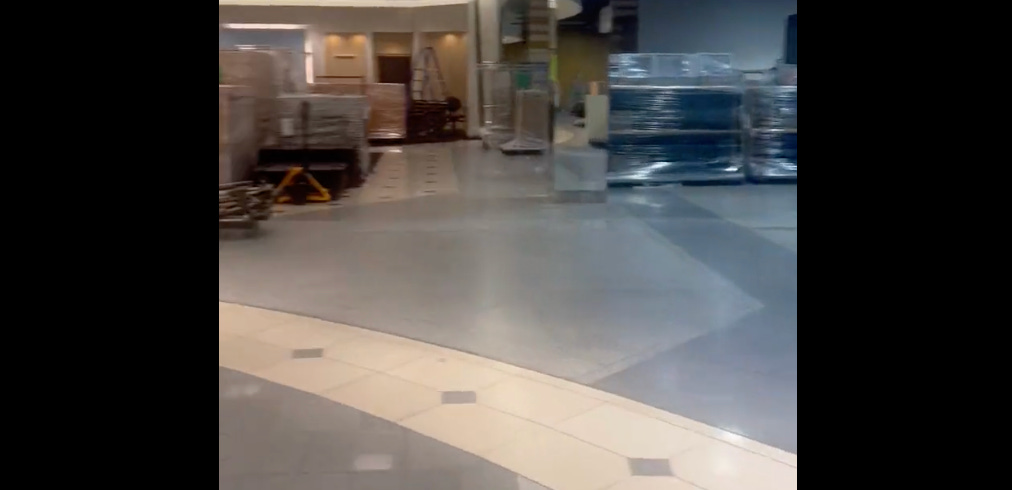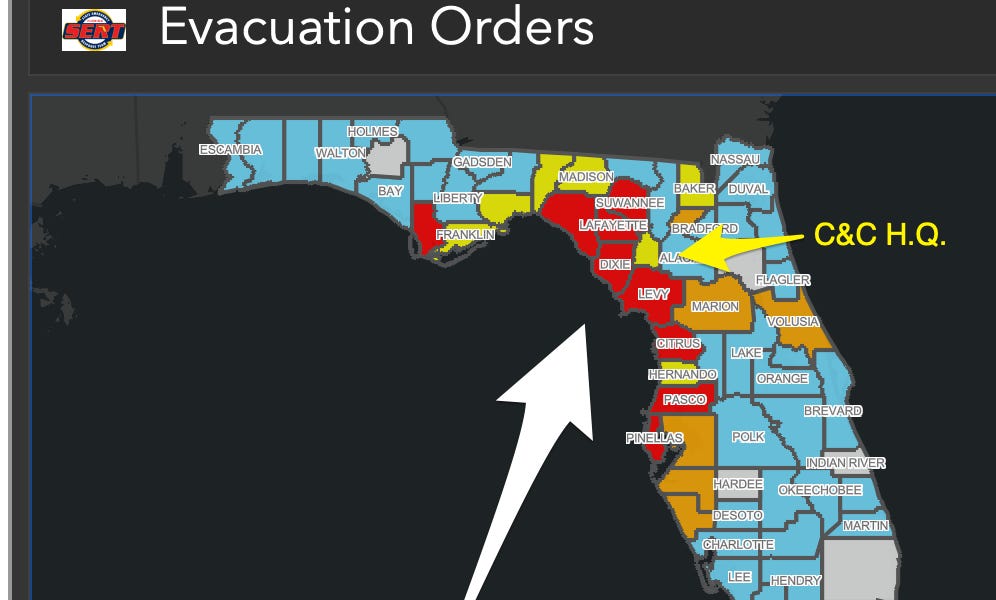Portland's Predictable Doom Loop
At one time not so long ago, Portland leaders turned the sleepy town into a progressive hub for the creative class, spending billions on 19th-century light rail Choo Choo trains to convey bus riders to their planned utopia. The more the plans failed, the more the planners planned, as Ronald Reagan once said. Because of the hard hand of the planner class, a corrupt system of regulatory capture, and the certitude of those who know better than we do how to run our lives, Portland leaders never really stopped to consider if anyone wanted what they were selling. They went on blithely singing kumbaya and giddily handed the match to the activist left, which lit the Molotov cocktail that sparked the city’s self-immolation.
Now these leaders have regulated, locked down, and scared away a third of the downtown office buildings. When San Francisco hit this marker it was called a “doom loop.”
“Referred to as ‘death lists’ among real estate professionals, the documents outline properties that are economically unsustainable,” according to The Real Deal. These buildings are troubled assets that are in danger of defaulting on loans and handing them over to the bank.
Willamette Week, the city’s lefty weekly, which did the digging to find out how bad this problem is, concludes that Portland is worse off than other Democrat cities on the doom loop roller coaster because of its Antifa and BLM riots.
The question—and it’s a contentious one—is whether Portland is worse than any place else because of blight. Plywood that went up during the 2020 protests still obscures some downtown storefronts. Homeless camps that took root during the pandemic are only now being removed. On some downtown blocks, you’re just as likely to see someone smoking fentanyl as sipping a Frappuccino.









